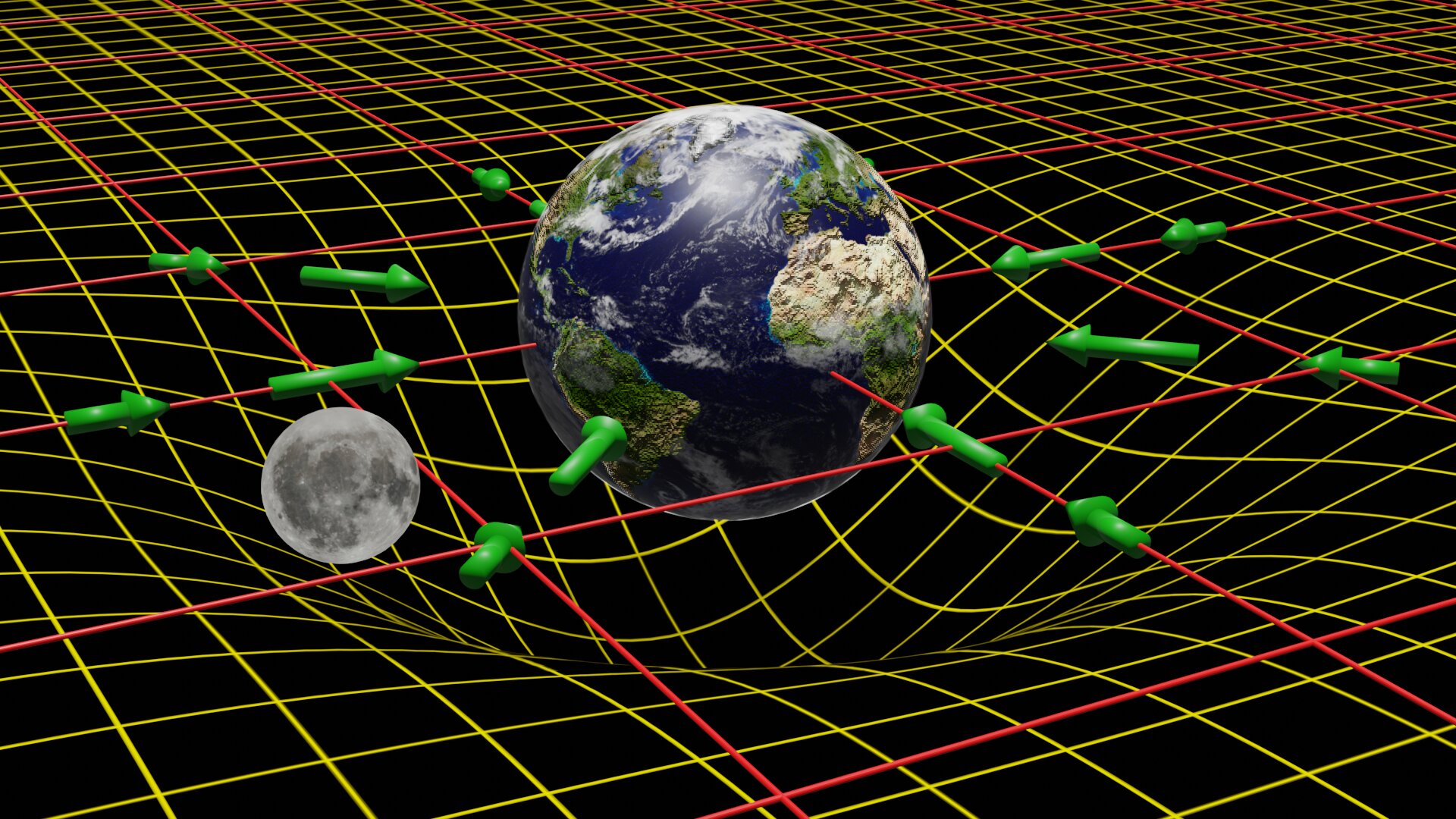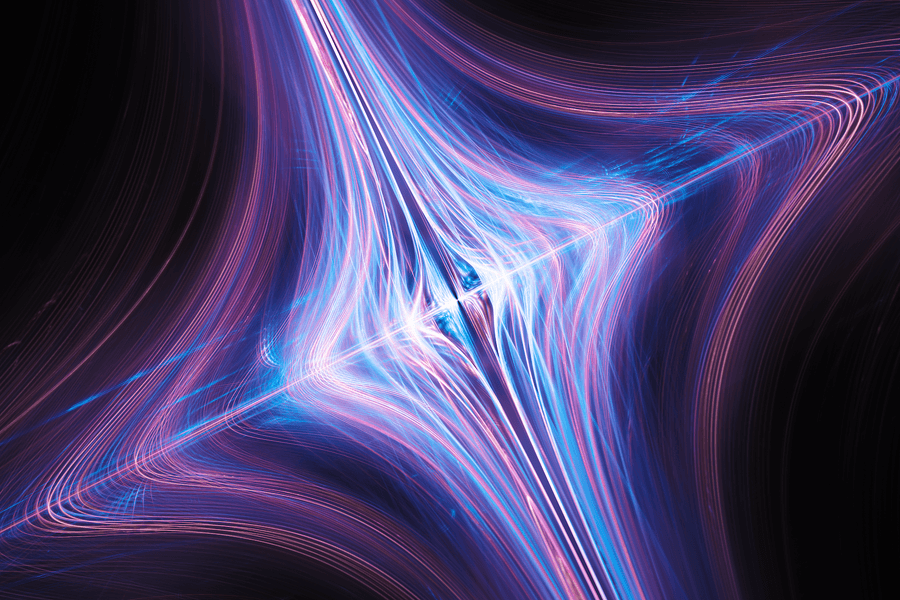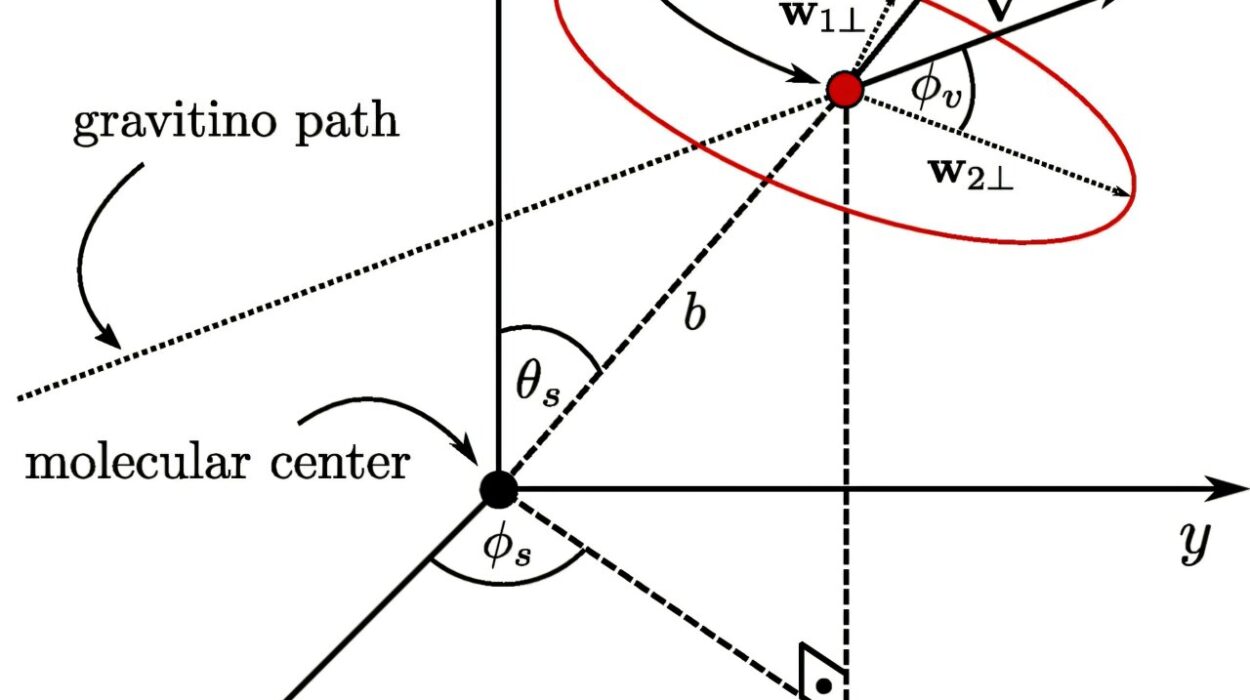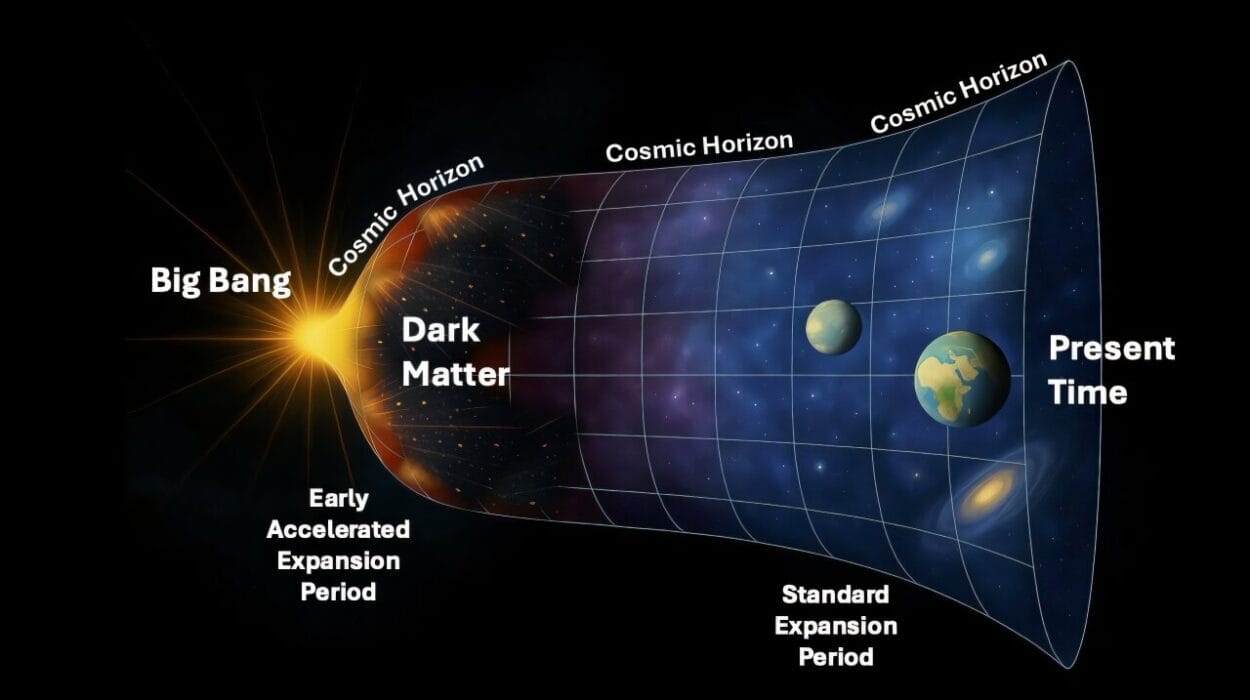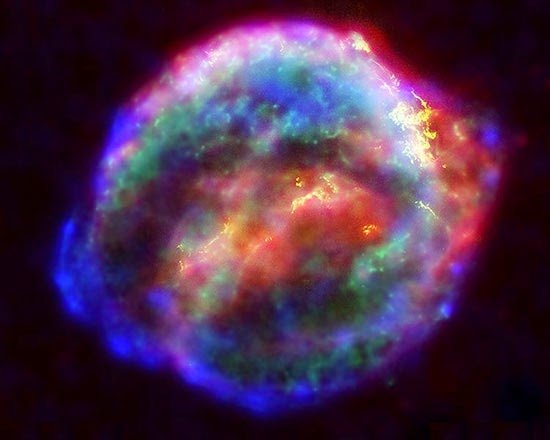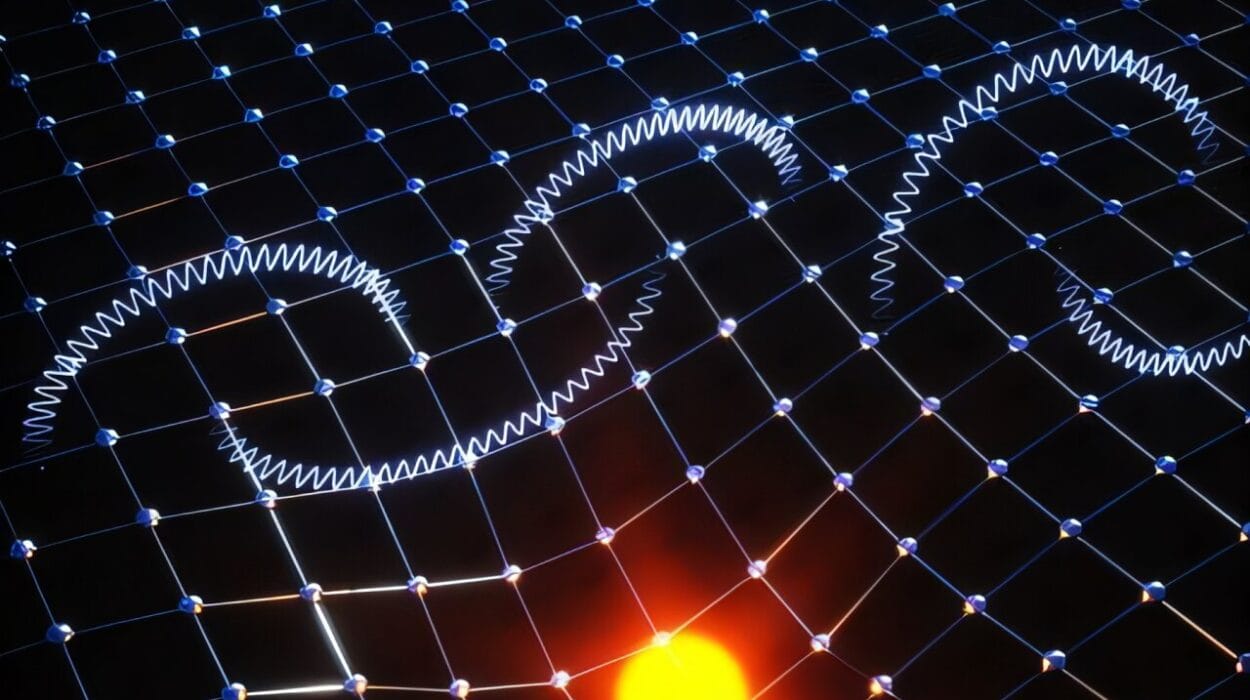For over a century, physicists have been haunted by an elusive dream—a single theory that explains everything. This mythical “theory of everything” would fuse the macroscopic curvature of space described by general relativity with the microscopic chaos of quantum mechanics. It would describe how apples fall and how atoms flicker, why stars burn and why particles collide. At long last, that dream may be inching closer to reality.
At the heart of this promising shift is a bold new theory from researchers at Aalto University in Finland. Dr. Mikko Partanen and Professor Jukka Tulkki have proposed a quantum model of gravity that might just do what generations of theoretical physicists have failed to achieve: unify gravity with the three other fundamental forces of nature—electromagnetism, and the strong and weak nuclear forces—into a single coherent framework. Their work, published in the respected journal Reports on Progress in Physics, is already causing ripples across the physics community.
The Quantum Puzzle of Gravity
To understand the scale of this achievement, one must appreciate the central dilemma of modern physics. On one side of the cosmic spectrum lies Albert Einstein’s general theory of relativity, which describes gravity not as a force, but as the curvature of spacetime caused by mass and energy. It’s the theory that allows GPS satellites to keep perfect time and explains the warping of light around galaxies.
On the other end lies quantum field theory, a breathtakingly accurate description of the subatomic world. It’s the domain of quarks, leptons, and force-carrying particles, a dance of probability and symmetry that underpins the Standard Model of particle physics.
Both frameworks have passed every experimental test with flying colors. Yet they cannot coexist. Try applying quantum mechanics to Einstein’s smooth geometric gravity, and the equations spiral into infinity. Bring Einstein’s gravity into the jittery world of quantum fields, and the math breaks. For decades, this chasm—this refusal of nature’s two greatest theories to shake hands—has remained the most formidable obstacle in theoretical physics.
A Gauge Theory Revolution
Enter Partanen and Tulkki. Their approach doesn’t try to warp spacetime like Einstein’s theory. Instead, they take a cue from what already works: gauge theory, the bedrock of the Standard Model. Gauge theories describe how particles interact through force fields—like the electromagnetic field that governs electrically charged particles, or the strong field that holds atomic nuclei together.
“We asked, what if gravity, too, could be described as a gauge theory?” explains Tulkki. “If energy itself is a kind of ‘charge,’ could we model the gravitational interaction as a gauge field, just like we do with electromagnetism?”
This is not a new idea, but what sets their theory apart is its mathematical elegance. By proposing a gravity gauge field with symmetry properties akin to those found in the Standard Model—rather than the very different spacetime symmetries of general relativity—they’ve crafted a structure that fits naturally alongside the quantum forces. It’s like finding a missing puzzle piece that had been hiding in plain sight.
Bridging the Quantum-Classical Divide
Why has it been so difficult to build a quantum theory of gravity in the first place? One reason is that gravity, compared to the other fundamental forces, is extraordinarily weak. A tiny magnet can pick up a paperclip against the entire pull of the Earth. This weakness makes gravity negligible in particle physics experiments—but it becomes overwhelmingly important in black holes, neutron stars, and the birth of the universe.
“A quantum theory of gravity is necessary to understand these extremes,” says Partanen. “We can’t fully explain what happens at the singularity of a black hole or the first moments after the Big Bang without one.”
Quantum gravity would also resolve one of cosmology’s great paradoxes: singularities. These are points where the equations of general relativity collapse—where density becomes infinite and spacetime tears itself apart. In quantum theory, infinities are red flags, often indicating a theory’s limitations. A successful quantum gravity theory could reveal what lies beyond these breakdowns—a new domain of physics untouched by Einstein’s geometrical model.
GPS, Black Holes, and the Big Bang
It’s easy to assume that such abstract work is far removed from the everyday world. Yet the history of physics teaches otherwise. The quantum revolution of the early 20th century gave us lasers, transistors, and computers. Einstein’s insights into gravity are why your smartphone knows exactly where you are. Without adjusting for time dilation predicted by general relativity, GPS devices would accumulate errors of kilometers each day.
“If our new gravity theory matures, its implications could be just as transformative,” says Tulkki. “Not just for science, but for technology, energy, space travel—possibly even quantum computing.”
And then there’s the promise of understanding the Big Bang, the moment the universe sprang from what seems like nothing. “Our theory could give us the tools to look deeper into that origin,” Partanen says. “Not just what happened after the Bang—but what came before.”
The Renormalization Challenge
Of course, grand ideas must face rigorous scrutiny, and Partanen and Tulkki are quick to admit that their theory, while promising, is not yet complete.
One of the greatest hurdles in quantum field theory is something called renormalization. When calculating particle interactions, certain values can become infinite—a mathematical nightmare. Physicists have developed ways to cancel out these infinities, effectively “renormalizing” the equations. The Standard Model owes much of its success to this technique.
The researchers have shown that their gravitational gauge theory works under renormalization—at least for first-order terms. This is like building the foundations of a house and finding the first few layers hold strong. But can the full structure be built without collapse?
“If renormalization doesn’t hold at higher levels, the entire theory could unravel,” says Tulkki. “But so far, everything points to the structure being sound.”
They are now working to extend these calculations and invite physicists worldwide to test, refine, and build upon the theory. By publishing their results, they’ve thrown open the gates to collaboration, aware that such a monumental breakthrough requires a global village of minds.
A Theory of Everything—With Caution
Among physicists, the term “theory of everything” is both thrilling and dangerous. It hints at finality, a grand unification that may be more mirage than milestone. Partanen himself is cautious. “We don’t use the term lightly,” he says. “There are still unanswered questions, like why the universe contains more matter than antimatter. Our theory is a framework—it points the way, but the journey is far from over.”
Still, it’s hard not to feel awe at the possibility. If their approach proves correct, it would complete the Standard Model by integrating gravity and bring us a profound step closer to answering age-old questions: What is the universe made of? Why does it exist? What is time? What is space?
Such a theory wouldn’t just describe the universe—it would reshape how we think about our place within it.
Science in Motion
The story of science is rarely one of sudden, final answers. More often, it is a slow unfurling, a gathering of clues across generations, a conversation spanning centuries. Newton gave us gravity, Maxwell gave us electromagnetism, Einstein gave us spacetime. Now, researchers like Partanen and Tulkki continue that legacy, weaving together the threads into a single tapestry.
Whether or not this particular theory becomes the definitive answer, its significance is already clear. It offers a new way of seeing the universe—not as divided between quantum and cosmos, but as a unified whole governed by deep symmetry and connection.
“Science never stops,” Partanen reflects. “Even if we find a theory of everything, it will only open new doors. The mystery will always be ahead of us. That’s the beauty of it.”
The Next Horizon
With experiments on quantum gravity likely decades away, much of the testing will remain theoretical—for now. But ideas have power. They shape the questions we ask, the technologies we build, the futures we imagine.
In the end, this new approach to gravity may be remembered as a turning point, a moment when physicists began to close the gap between the very large and the very small. Like Einstein’s scribbles in 1905 or Schrödinger’s cat in 1935, it’s a reminder that revolutions often begin with a rethinking of the fundamentals.
If gravity is a gauge field like the others, if energy is just another charge, then the universe may be simpler—and stranger—than we ever imagined.
And as with all great physics, the journey toward understanding begins not with certainty, but with curiosity.
Reference: Mikko Partanen et al, Gravity generated by four one-dimensional unitary gauge symmetries and the Standard Model, Reports on Progress in Physics (2025). DOI: 10.1088/1361-6633/adc82e
